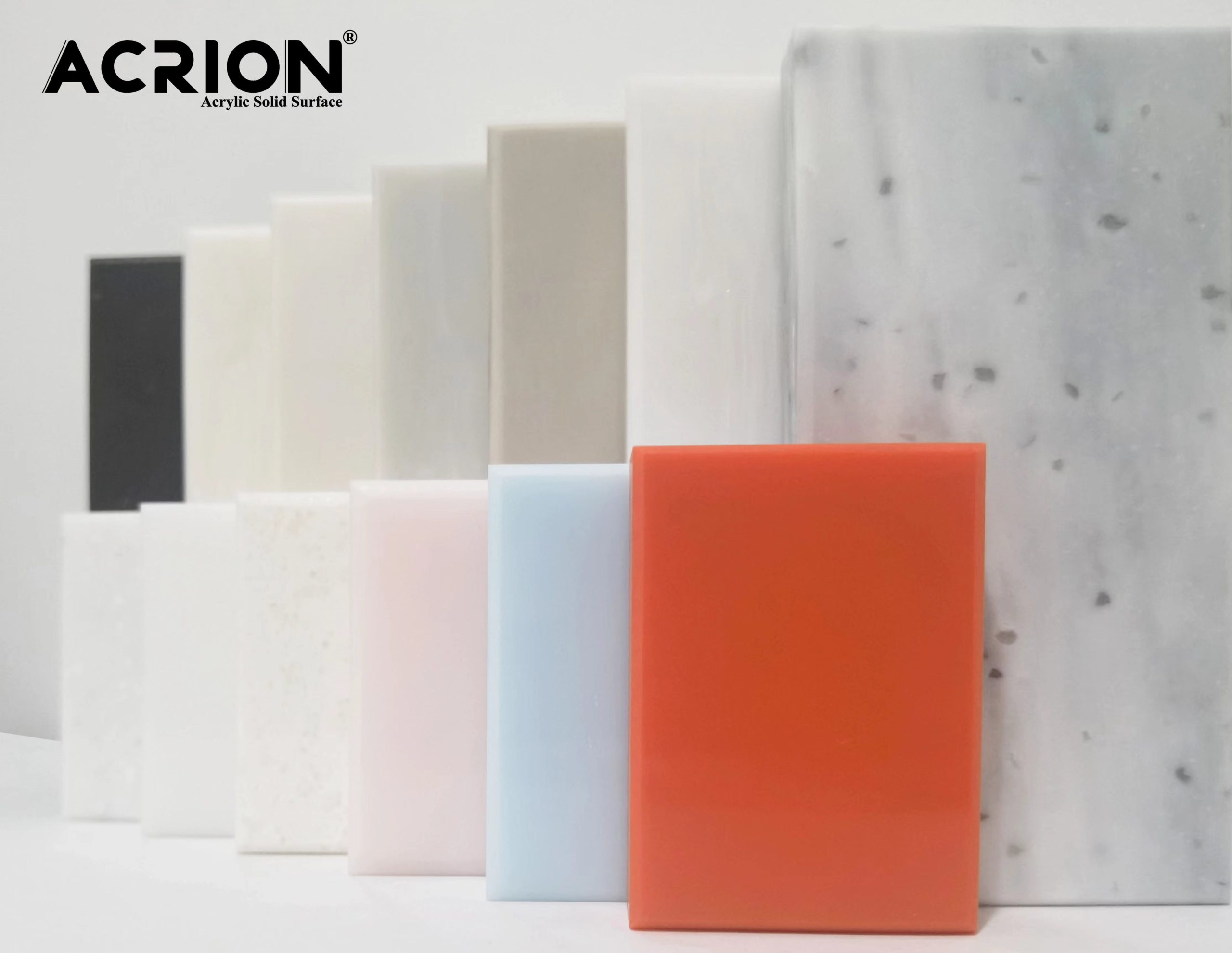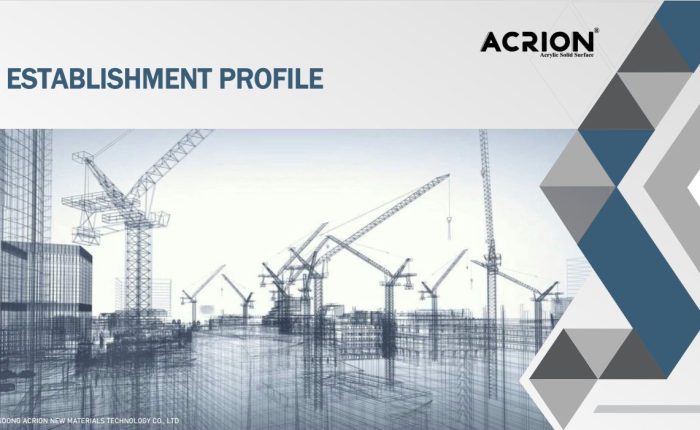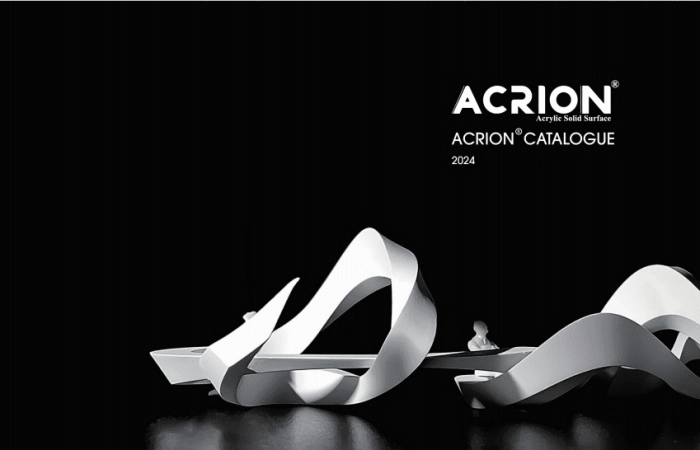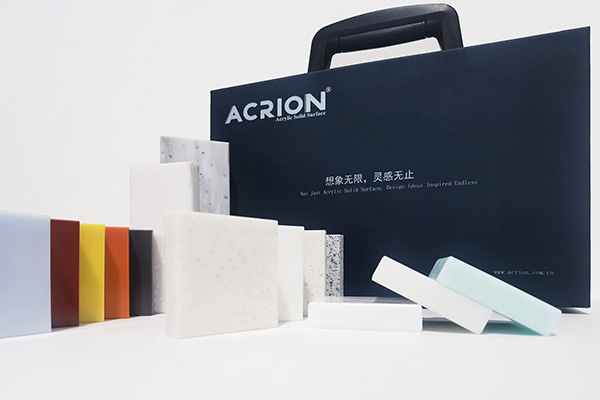Bei der Durchführung der Bohrverarbeitung auf der Oberfläche von Acryl -Feststoff sollten die folgenden Angelegenheiten beachtet werden, um die Sicherheits- und Verarbeitungsqualität des Verarbeitungsprozesses sicherzustellen:
Erstens vorab Vorabarbeiten im Voraus
Reinigung vor Ort
Reinigen Sie die Baustelle gründlich, um sicherzustellen, dass die Acryl -Feststoffoberfläche frei von Trümmern und Staub ist, um die Genauigkeit und den Einfluss der Bohrung nicht zu beeinflussen.
Ausrüstungsprüfung
Überprüfen Sie die Bohrgeräte sorgfältig wie Bohrstreifen und Bohrer, um sicherzustellen, dass sie intakt sind und ordnungsgemäß funktionieren. Insbesondere für das Bohrer sollte die Schärfe und der Verschleißzuerkrankung inspiziert werden und ersetzt bei Bedarf rechtzeitig ersetzt werden.
Positionierungsmarke:
Gemäß den Bauzeichnungen oder tatsächlichen Anforderungen markieren Sie die Position und Tiefe der Bohrlöcher auf der festen Oberfläche des Acryls genau. Verwenden Sie Messwerkzeuge für eine präzise Positionierung, um die Genauigkeit der Bohrposition sicherzustellen.
Zweitens Bohrvorgang
Wählen Sie das entsprechende Drillbit aus:
Wählen Sie den entsprechenden Typ und die entsprechende Spezifikation des Bohrbits basierend auf der Härte und Dicke des Acryl -Feststoffs aus. Im Allgemeinen sollten für härtere Acrylfeststoffe Bohrer mit höherer Härte und besserer Verschleißfestigkeit ausgewählt werden.
Steuern Sie die Bohrgeschwindigkeit:
Während des Bohrprozesses sollten die Futterrate und Drehzahl des Bohrbits vernünftig gesteuert werden. Eine übermäßige Futterrate kann dazu führen, dass der Bohrbit brechen oder die Qualität der bearbeiteten Oberfläche sinken. Eine zu langsame Futterrate wirkt sich jedoch auf die Verarbeitungseffizienz aus.
Achten Sie auf Kühlung und Schmierung
Beim Bohren, Wärme und Reibung werden erzeugt, was dazu führen kann, dass der Bohrer die bearbeitete Oberfläche überhitzt oder verbrennt. Daher sollten während des Bohrprozesses ein Kühlmittel oder Schmiermittel rechtzeitig verwendet werden, um die Temperatur des Bohrers zu senken und die Reibung zu verringern.
Führen Sie den Werkstückversatz vor:
Während des Bohrprozesses muss sichergestellt werden, dass das Acryl -Festwerk stabil festgelegt ist, um zu verhindern, dass sich die Bohrposition aufgrund der Verschiebung des Werkstücks verschiebt, oder das Bohrbiss das Brechen des Werkstücks. Das Werkstück kann auf der Bearbeitungstabelle mithilfe von Werkzeugen wie Armaturen oder Druckplatten befestigt werden.
Achten Sie auf die Bohrtiefe:
Bohrer strikt in Übereinstimmung mit der markierten Tiefe, um zu vermeiden, dass das Bohren zu tief oder zu flach ist. Durch zu tiefes Bohren kann die Struktur des Werkstücks beschädigt werden. Übermäßig flache Bohrlöcher können jedoch die Nutzungsanforderungen nicht erfüllen.
Drittens, Follow-up-Handling
Rückstände im Reinigungsloch:
Verwenden Sie nach Abschluss der Bohrung spezielle Werkzeuge, um das Innere des Lochs zu reinigen, um sicherzustellen, dass keine Rückstände im Inneren sind. Rückstände können den nachfolgenden Nutzungseffekt beeinflussen oder das Werkstück beschädigen.
Überprüfen Sie die Verarbeitungsqualität:
Die Qualitätsprüfung wird nach der Bohrverarbeitung an den Acryl-Festwerkstücken durchgeführt, einschließlich Lochdurchmesser, Lochtiefe, Genauigkeit der Lochposition usw. Wenn nicht konforme Produkte gefunden werden, sollten sie rechtzeitig repariert oder wiederaufbereitet werden.
Viertens Sicherheitsvorkehrungen
Tragen Sie persönliche Schutzausrüstung:
Während des Bohrprozesses sollten angemessene persönliche Schutzausrüstung wie Sicherheitshelme, Schutzbrillen und Handschuhe getragen werden, um versehentliche Verletzungen zu verhindern.
Halten Sie die Belüftung gut:
Während des Bohrprozesses können schädliche Gase oder Staub erzeugt werden. Es ist notwendig, eine gute Belüftung an der Baustelle zu gewährleisten, um die Anhäufung schädlicher Substanzen und deren Schaden für den menschlichen Körper zu verringern.
Die Betriebsverfahren entsprechen:
Strikt in Übereinstimmung mit den Betriebsverfahren für die Bohrverarbeitung betreiben, um Sicherheitsunfälle oder Verarbeitungsqualitätsprobleme zu vermeiden, die durch nicht konformen Betrieb verursacht werden.
Fünftens Umgang mit besonderen Umständen
Bohrer Löcher mit großer Durchmesser
Wenn Löcher mit großer Durchmesser (z. B. solche mit einem Durchmesser von mehr als 30 mm) gebohrt werden müssen, sollten sie in zwei oder mehr Sitzungen abgeschlossen werden. Bohren Sie zuerst ein kleines Loch als Führungsloch und erhöhen Sie dann allmählich den Lochdurchmesser auf die erforderliche Größe. Dies kann den Einfluss der axialen Kraft auf das Bohrer und das Werkstück verringern.
Tiefe Löcher bohren
Wenn die Bohrtiefe groß ist, sollte das Bohrbot zum Entfernen und Abkühlen der Chip rechtzeitig aus dem Loch zurückgezogen werden. Dies kann verhindern, dass die Anhäufung von Bohrschnupfeln dazu führt, dass das Bohrbit bricht oder die bearbeitete Oberfläche brennt.
Harte Materialien verarbeiten
Wenn die feste Härte von Acryl relativ hoch ist und die Bohrungen schwierig sind, können Methoden wie das Vorheizen des Werkstücks zuerst, die Verwendung eines Hartlegierbohrers oder die Erhöhung der Durchflussrate des Kühlmittels in Betracht gezogen werden, um die Verarbeitungseffizienz und -qualität zu verbessern.



